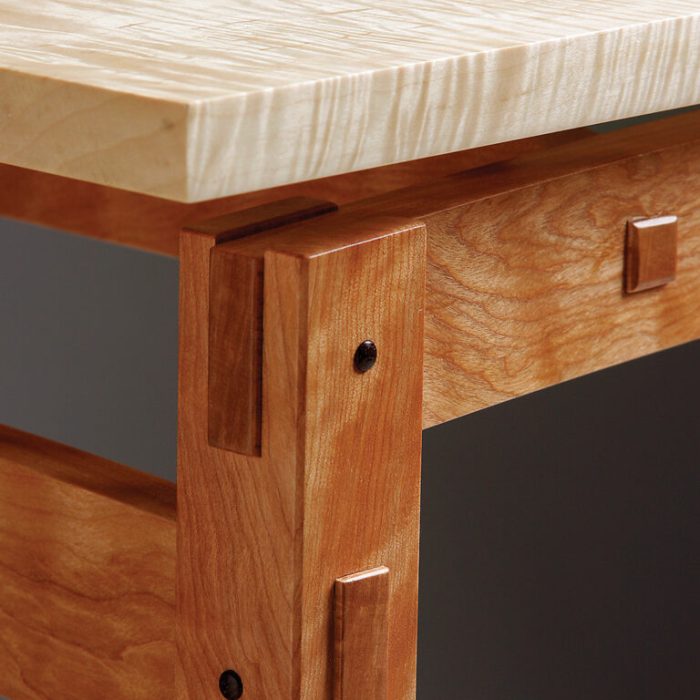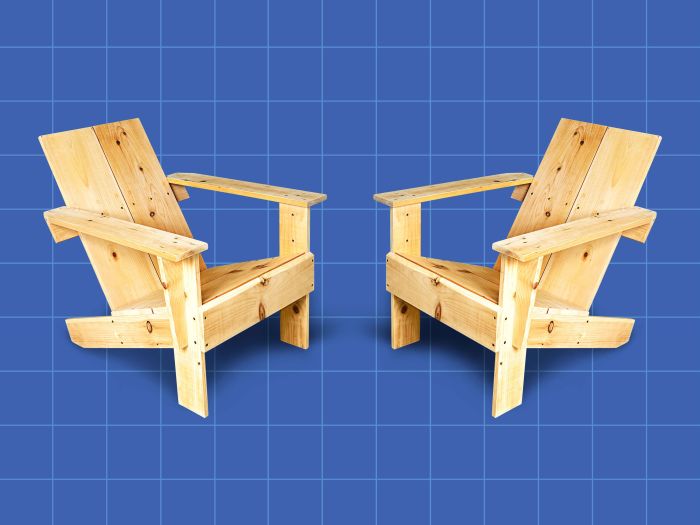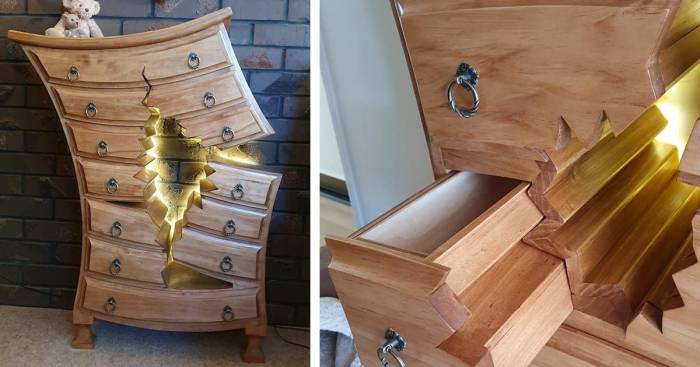Fine woodworking projects offer a unique blend of artistry and craftsmanship, inviting individuals to transform raw wood into beautiful and functional objects. From the initial planning stages to the final finishing touches, each step in the process presents an opportunity to learn, grow, and create something truly special.
Whether you’re a seasoned woodworker or just starting out, the world of fine woodworking has something to offer everyone. With the right tools, materials, and techniques, you can create anything from simple boxes and cutting boards to intricate furniture pieces and stunning sculptures.
Fundamental Techniques for Fine Woodworking

This section delves into the essential techniques that form the foundation of fine woodworking. From mastering the art of joining wood to achieving a flawless finish, these techniques are crucial for crafting beautiful and durable pieces.
Wood Joining Techniques
Wood joining techniques are the backbone of woodworking, allowing you to connect pieces of wood securely and aesthetically.
- Dovetail Joints: These intricate joints are renowned for their strength and beauty. They are created by interlocking tapered pins (tails) with corresponding slots (pins) in two pieces of wood. The interlocking nature of dovetails prevents the joint from pulling apart, making them ideal for drawer fronts, cabinet sides, and other applications where strength is paramount.
- Mortise and Tenon Joints: Mortise and tenon joints are another strong and traditional joinery technique. They involve cutting a rectangular hole (mortise) in one piece of wood and a corresponding protruding projection (tenon) on the other. The tenon fits snugly into the mortise, creating a robust connection. Mortise and tenon joints are often used for framing, legs, and other structural elements.
- Glue-Ups: Glue-ups are a common method for joining wood using adhesives. The surfaces to be joined are coated with wood glue and clamped together until the glue dries. For a successful glue-up, ensure the surfaces are clean, flat, and properly aligned. Clamps are essential to apply even pressure across the joint, ensuring a strong bond.
Cutting, Shaping, and Sanding Wood
Precise cutting, shaping, and sanding are essential for creating high-quality woodworking projects.
- Cutting: Accurate cutting is achieved with hand saws, power saws, and specialized tools like routers and table saws. The choice of tool depends on the type of cut and the desired level of precision. For example, a handsaw is suitable for rough cuts, while a table saw provides precise and repeatable cuts.
- Shaping: Shaping wood involves creating curves, profiles, and contours using hand tools like chisels, gouges, and rasps, or power tools like routers and band saws. Shaping requires a keen understanding of wood grain and the ability to control the cutting tool effectively.
- Sanding: Sanding smooths out rough surfaces, removes imperfections, and prepares the wood for finishing. Sandpaper is available in various grits, with coarser grits for removing material and finer grits for achieving a smooth finish. Sanding should be done in a systematic way, starting with a coarser grit and gradually progressing to finer grits.
Finishing Process, Fine woodworking project
The finishing process enhances the beauty and durability of a woodworking project.
- Sanding: The sanding process prepares the wood for finishing by creating a smooth and uniform surface. Sanding removes any remaining imperfections and creates a suitable surface for the finish to adhere to.
- Staining: Staining adds color and depth to the wood. Water-based stains are easy to apply and clean up, while oil-based stains offer a richer color and deeper penetration. The choice of stain depends on the desired color and the type of wood being finished.
- Protective Coating: A protective coating seals the wood, protecting it from moisture, dirt, and scratches. Common coatings include polyurethane, varnish, and shellac. Polyurethane offers durability and a glossy finish, while varnish provides a more natural look. Shellac is a natural resin that provides a protective layer with a warm amber hue.
Popular Fine Woodworking Projects for Beginners

Beginning your woodworking journey can be exciting, but it’s also essential to start with projects that are manageable and allow you to build confidence. Choosing the right beginner-friendly projects is crucial for a positive learning experience.
Simple Wooden Boxes
Simple wooden boxes are excellent starting points for beginners. They provide a basic introduction to woodworking techniques, such as cutting, joining, and finishing.
Here’s a step-by-step guide for building a simple wooden box:
- Choose your wood: Select a wood that’s easy to work with, such as pine or poplar.
- Cut the pieces: Using a saw, cut the wood into the required dimensions for the box’s sides, bottom, and lid.
- Join the pieces: You can use various methods for joining the pieces, such as glue, nails, or screws. For beginners, simple glue joints are recommended.
- Assemble the box: Carefully assemble the box, ensuring all corners are square and the pieces fit together tightly.
- Sand and finish: Sand the box to smooth out any rough edges and apply a finish, such as varnish or paint, to protect the wood.
End of Discussion

Embarking on a fine woodworking project is a journey of discovery, skill development, and creative expression. It’s a chance to connect with the natural beauty of wood, learn valuable techniques, and create lasting pieces that you can cherish for years to come. So, gather your tools, choose your wood, and let your imagination guide you as you explore the rewarding world of fine woodworking.
Expert Answers: Fine Woodworking Project
What are some good beginner woodworking projects?
Simple boxes, cutting boards, and small shelves are excellent beginner projects. They allow you to practice basic techniques without being overly complex.
What kind of wood is best for beginners?
Softwoods like pine and cedar are easier to work with for beginners due to their forgiving nature. They are also readily available and relatively inexpensive.
What safety precautions should I take when woodworking?
Always wear safety glasses, ear protection, and a dust mask. Use proper tool handling techniques and be mindful of your surroundings.
Fine woodworking projects can range from simple to intricate, but they all require a solid foundation in the basics of woodworking carpentry. Understanding how to cut, join, and finish wood is essential for creating beautiful and functional pieces. Whether you’re building a simple birdhouse or a complex cabinet, the skills you learn through carpentry will be invaluable.
